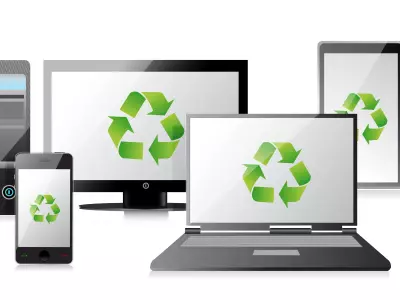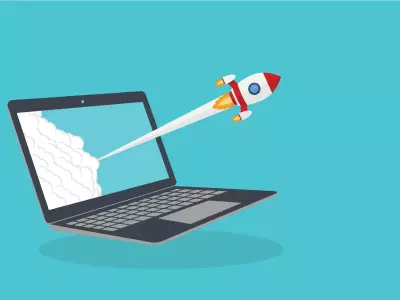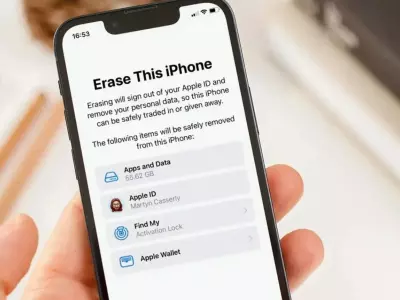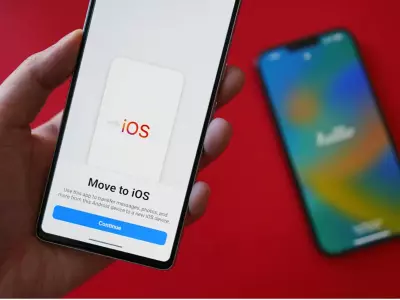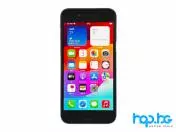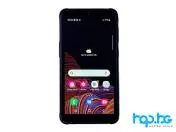Which iPhone should we choose? Hop.bg #7

Hello! We've gathered well today. The standard company is here - Ivelin, Vladi, Niki, and I, Ivo. Hello! In today's video, we'll introduce you to the differences, advantages, and disadvantages of iPhone 12, 13, 14, and 15 - talking about the base models here. Not the Pro models. These are topics we've gathered from comments and your questions at our locations that interest and concern you. And they're mainly the most frequently asked questions. Niki handles customer questions, while Vladi covers technical aspects.
Before we begin, hit the bell and subscribe to stay informed about each new video and help us grow the channel.
So, where shall we start? 12, 13, 14, and 15? Below 12, yes. Below 12? Yes. Let's start with design. The iPhone 12's design is a return to the iPhone 5, the first flat-edge design.
Yes, exactly. The first iPhone since the 5-series that returns to the 5C design, exactly, 5-5-5C. And we're moving away from the rounded form of 7 through 11. Yes. It's actually much more comfortable. More comfortable, yes. It's very comfortable for me, you know, for holding, for carrying, it's more stable. And in hand, compared to the rounded form which always slips when you stretch your hands. Yes, much more stability in hand.
Regarding materials, iPhone 12, 13... Well, iPhone 12 and 13 have similar materials, almost identical. Are the frames identical? Well, not just the frames, even the materials in the frame, back panel, and display are completely similar. Even the 14 falls into this range, while the 15's materials are very different - it's much lighter compared to the other three models. Being lighter, everyone knows it's titanium, they brag about it being titanium, but the downside is that titanium compared to aluminum is a much softer metal, and when dropped, this phone is much easier to bend and break. Both the back panel and display.
In exchange, it's lighter. With the 14, I think the advertisement showed a phone falling from a table and nothing happening to the iPhone. There's no calm person who sees their iPhone falling from a table. Especially if it falls display-down. Bad business.
Regarding processors - 12, 13, 14. Processors... Okay, starting with the 12. I think it was the A14 chip there. Yes, A14 Bionic. It's the first with 5 nanometer technology, yes. Yes. 6 cores. Also, it's the first iPhone with integrated 5G technology.
That's why since the 11, the location of the bottom board in the case has been moved from left to right, unlike previous models. They did this to make room for these 5G antennas and a larger battery. We've evenly poured the space of the bottom board, positioned it on the other side, the battery passes over the bottom location. Yes, and vice versa. Yes, compared to previous models.
The display is also very different. Compared to 11. Compared to 11, yes, because this display is now OLED, not TFT, right, Incel, like the previous ones? We can safely say that with iPhone 12, it's already a serious step compared to iPhone 11 in improving connectivity and display type. Much higher quality displays are being used. Much higher quality, much brighter, and this display also saves more energy, which is a plus for battery life, allowing it to last a full day.
The first step towards more modern technologies and current ones comes from iPhone 12 up. Also the first iPhone phone that has MagSafe. What is MagSafe? The magnet on the back. Yes, the magnet that allows you to use certain accessories. Wireless charging, yes. Well, wireless charging is wireless charging, but MagSafe is a magnet that allows you to attach a wallet, battery, and various other accessories that you can carry on the back of the phone.
In conclusion, comparing these 4 models, the iPhone 13 offers the best performance and newest technologies for its price. The iPhone 15 is for people who want to have the latest technology in their hands and consequently has the highest performance and most technologies packed into it.
It's also important to mention the optimization they've made for battery charging, specifically the setting to charge up to 80% of the battery. Yes, which is very important. This way we have fast charging between 20% and 80%, we preserve battery life and consequently don't risk major overheating and extend its life.
We've covered everything that might interest you. If you have any more questions, leave them in the comments. Also, if there's any topic you'd like us to explore and discuss how we can be helpful with it, write below in the comments. We'll try to answer them.
So for now and for today, that's all from us. Goodbye, see you soon!
Previous post Next post





